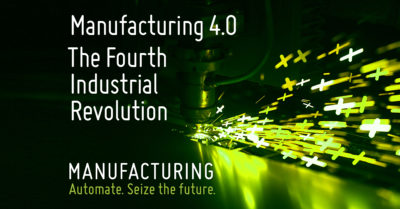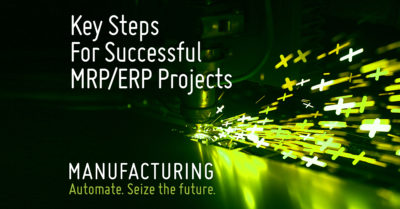When does your CFO need a fractional IT leader?
The CFO usually has two core roles: overseeing the financial strategy of the business and operating the finance function. In...
Read moreThe CFO usually has two core roles: overseeing the financial strategy of the business and operating the finance function. In...
Read moreAt the beginning of 2021, CIO.co.uk outlined what they believed would be this year's top eight challenges for IT leaders:...
Read moreFACT: The CIO/CTO position is the only Board position where the necessary knowledge and skills need constant updating. Just like...
Read moreA Chief Information Security Officer is a senior-level executive responsible for protecting your data and intellectual property and your information...
Read moreIn previous instalments of this series, we discussed the key trends in the future of manufacturing and provided a checklist...
Read moreThe IT industry often deliberately spreads 'fear, uncertainty and doubt' in the market. They create confusion about the future, and...
Read moreOur previous instalment on the future of manufacturing discussed the main trends and their effects on mid-market businesses. In this...
Read moreSuddenly the office is closed, and everyone’s working from home. The IT team is coping, but you’ve got a nagging...
Read moreHere’s a brief video of one of our founders, Steve Clarke, explaining how the IR35 change is affecting small operators,...
Read morePlain English board-level briefings focused on technology strategies to deliver competitive advantage and business success.
You can unsubscribe at any time.
Call us on 0203 020 1864 with any questions.
Graeme Freeman
Co-Founder and Director
Plain English board-level briefings focused on technology strategies to deliver competitive advantage and business success.
You can unsubscribe at any time.
Call us on 0203 020 1864 with any questions.

Visit your regional site to get the most relevant content
Continue to United Kingdom & Rest of the World







